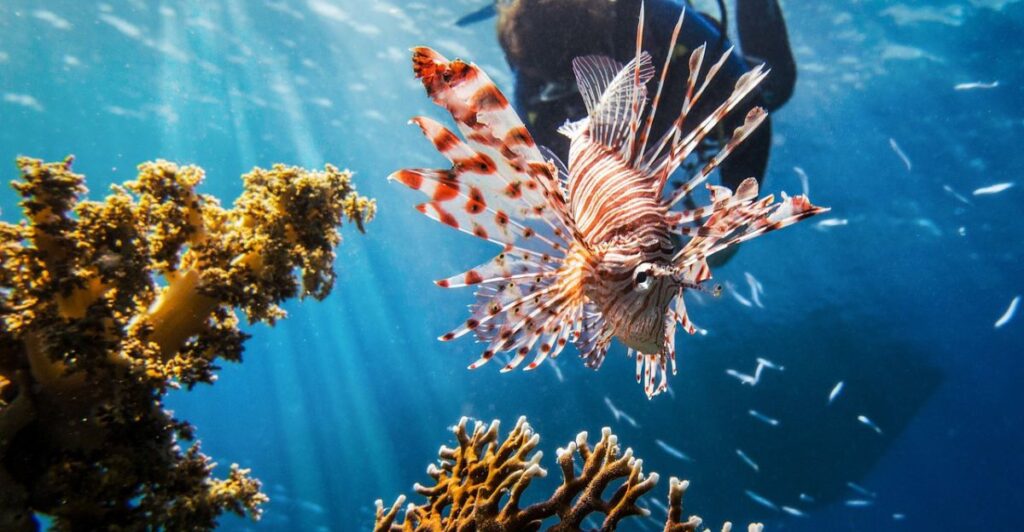
Do you know about the lionfish’s unwelcome trip to American coral reefs? It’s quite the story of fish invasion, spanning from Florida to the Gulf Coast. We’re here with 12 important insights into why and how this harmful fish is changing marine ecosystems and what people are doing to handle this.
1. How the Lionfish First Made Waves in American Waters
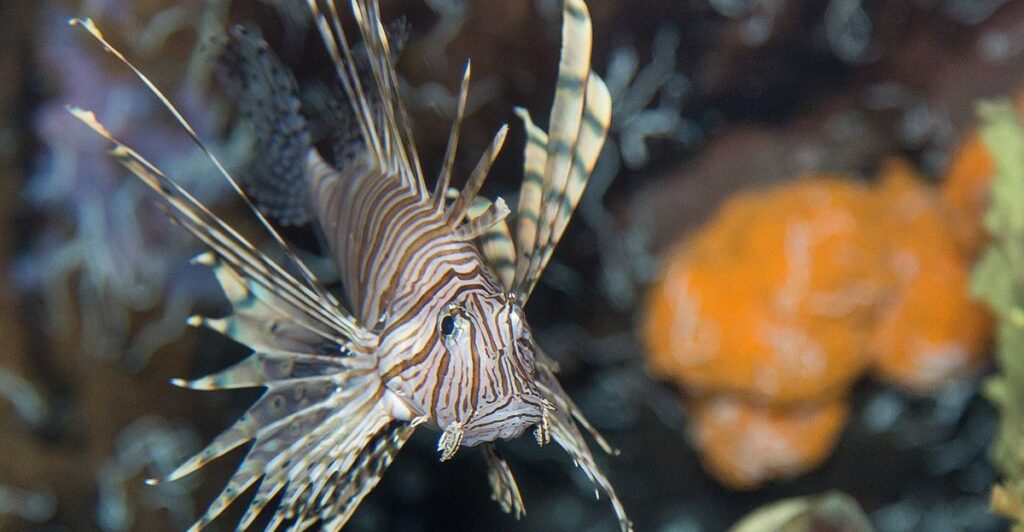
Lionfish weren’t always Florida locals. Originally from the Indo-Pacific oceans, the striped fish likely hitched a ride in aquarium shipments. By the 1980s, they were calling American waters home and were quickly spreading their fins along the Atlantic Coast and all the way to the Gulf of Mexico.
2. The Quick Takeover of the Southeastern Coast
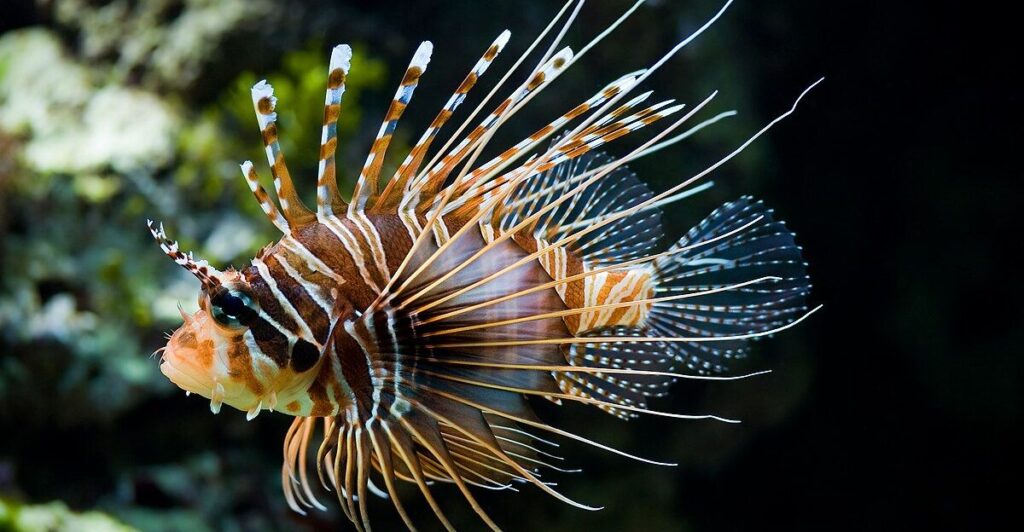
Since there are no natural predators of this fish in the Atlantic, their population exploded, disturbing the local marine life balance. Lionfish’s rapid spread along the southeastern coast has been a wake-up call for ecologists and fishermen across the North American continent.
3. The Lionfish’s Relentless Hunger Strikes Local Marine Life
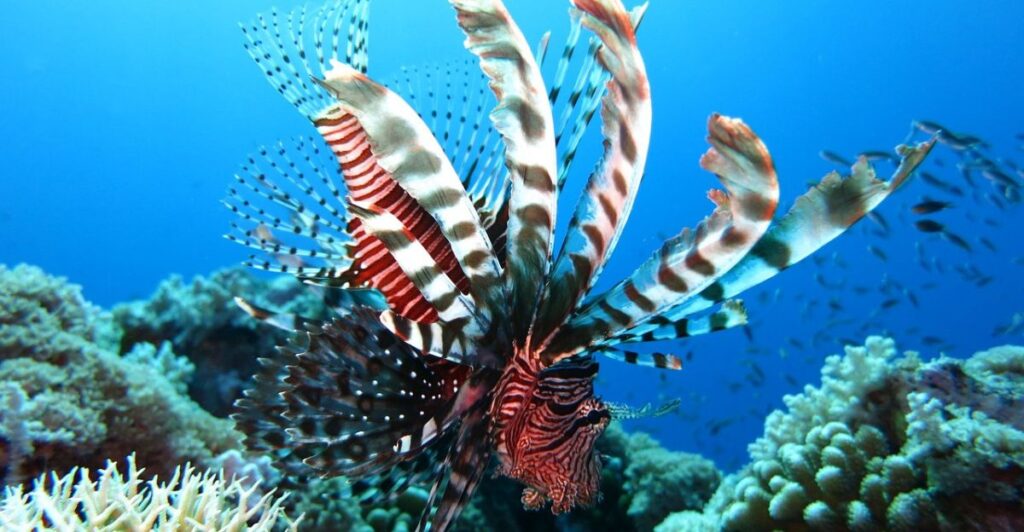
In their new reef homes, lionfish aren’t just surviving; they’re having a great time by eating just about anything that fits in their mouths. Such relentless appetite is affecting the survival of juvenile fish and invertebrates, which are important for the reef ecosystem.
4. Florida’s Coral Reefs Under Siege
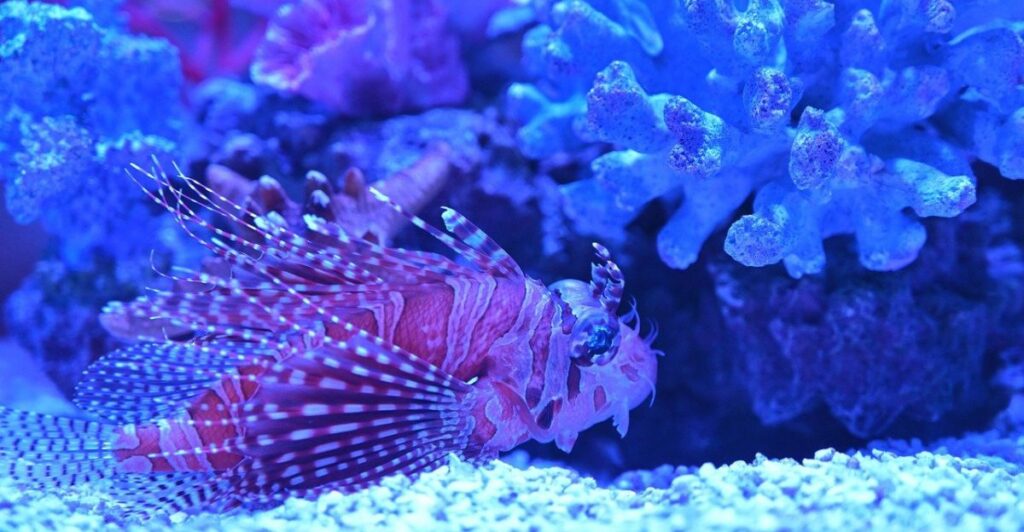
As lionfish populations boom, Florida’s coral reefs bear the brunt. These predators feast on herbivores that are required for algae control on reefs. Without these small fish, algae can overrun coral, stifle its growth, and damage the reef over time.
5. Unpacking the Lionfish’s Sly Hunting Methods
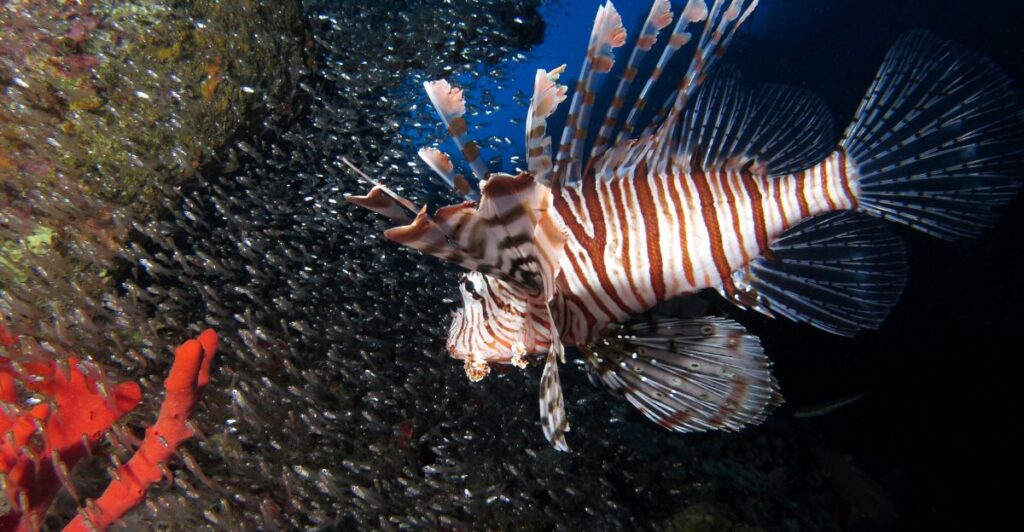
Lionfish are not the average predator because they have a unique hunting style. The fish uses its fan-like fins to corner prey or to appear larger and ward off other predators. Researchers have been studying these tactics and developing strategies to predict and manage their movements.
6. Hunting Call to Curb the Lionfish Boom

It’s all hands on deck in the coastal communities. Locals are banding together for lionfish derbies—organized hunts to remove the invader fish from local waters. These community-led efforts not only help control populations but also raise awareness about the ecological impacts of the species.
7. Innovative Culinary Approaches to Reducing Numbers
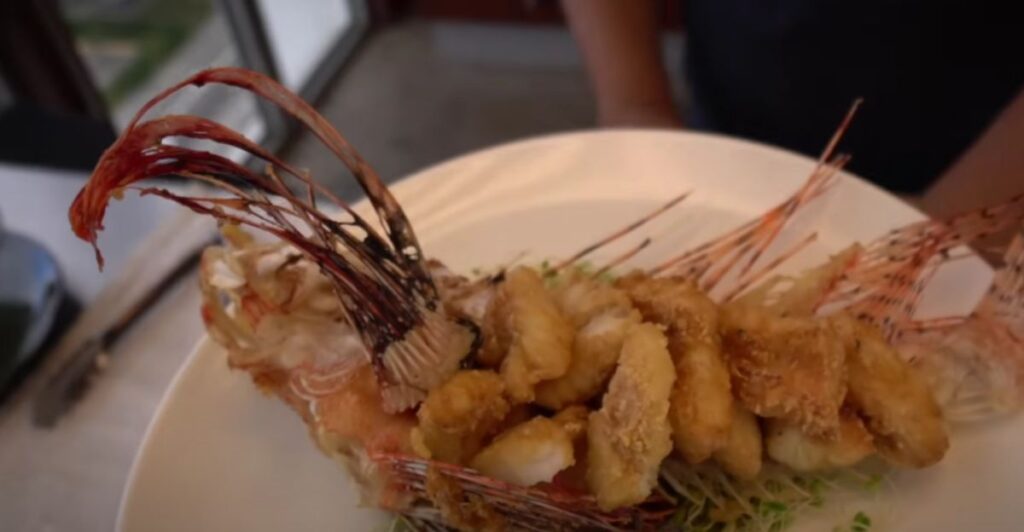
Chefs are turning a problem into a menu special by adding lionfish to the lineup. Tasty lionfish dishes are dubbed “delicious invaders.” This way, culinary efforts are helping reefs recover by keeping their numbers in check. Creativity is working like a weapon against the lionfish attack.
8. Diving Community Joins the Fight Against Lionfish
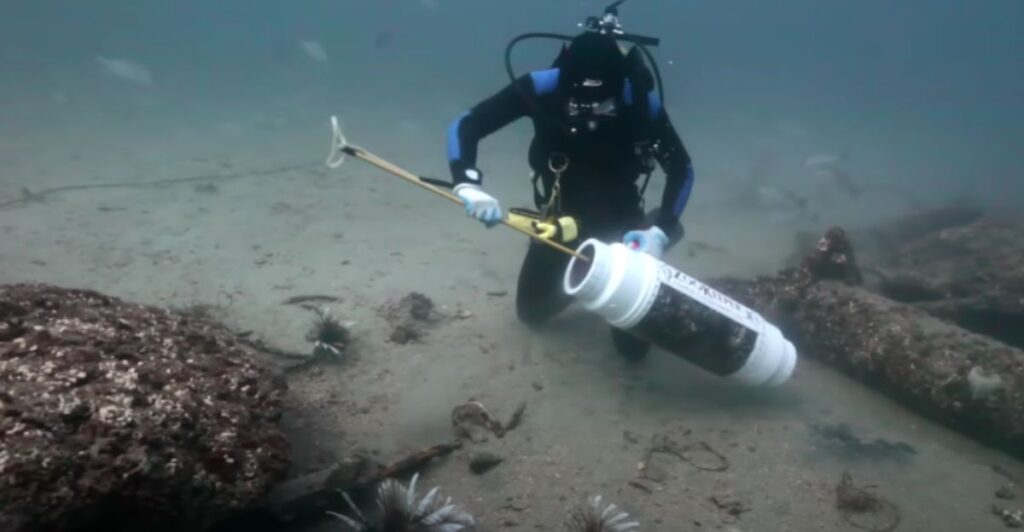
Scuba divers are diving into more than just water—they’re on a mission to remove lionfish. Divers, equipped with spears, are the local underwater warriors who are playing their part in controlling the population. They are making each dive a safeguard for the reef’s future.
9. New Research Shows the Stakes Are Higher Than Ever
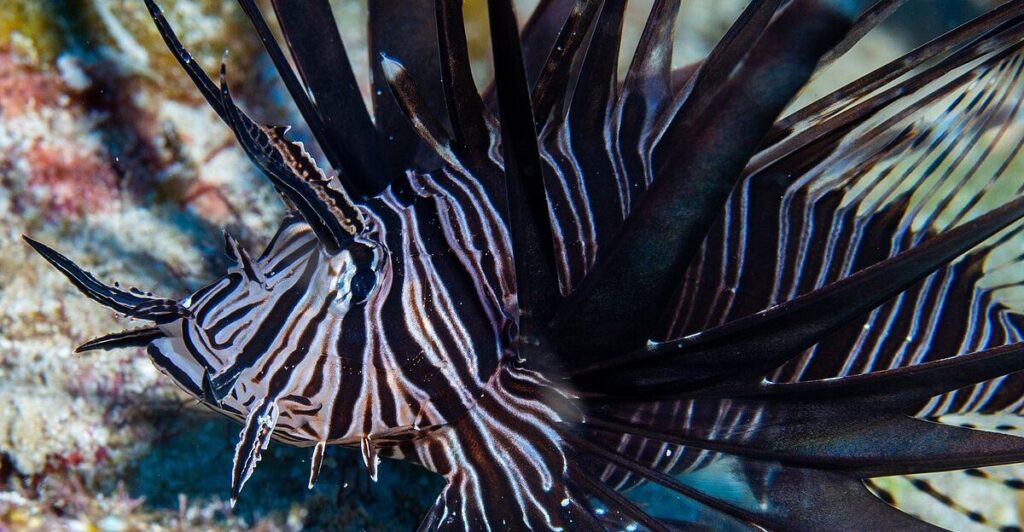
Recent studies are showing just how deep the damage goes. With lionfish preying on key species, the ripple effects on reef ecosystems are alarming. Scientists are using this data to push for more aggressive management strategies to restore balance and protect biodiversity.
10. Broader Efforts Kick Off to Nab More Lionfish
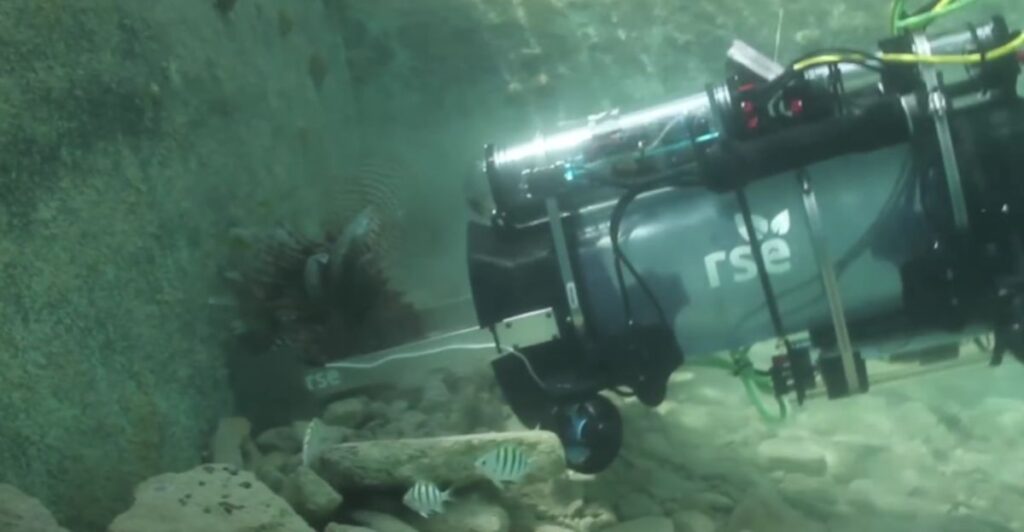
The battle against lionfish is going high-tech. Newer, broader methods are in development. For example, drones and robots patrolling underwater, spotting and scooping up lionfish more efficiently than humans ever could. It sounds dramatic, but it’s in progress and can give reefs a fighting chance.
11. Conservationists Rally to Restore Damaged Reefs
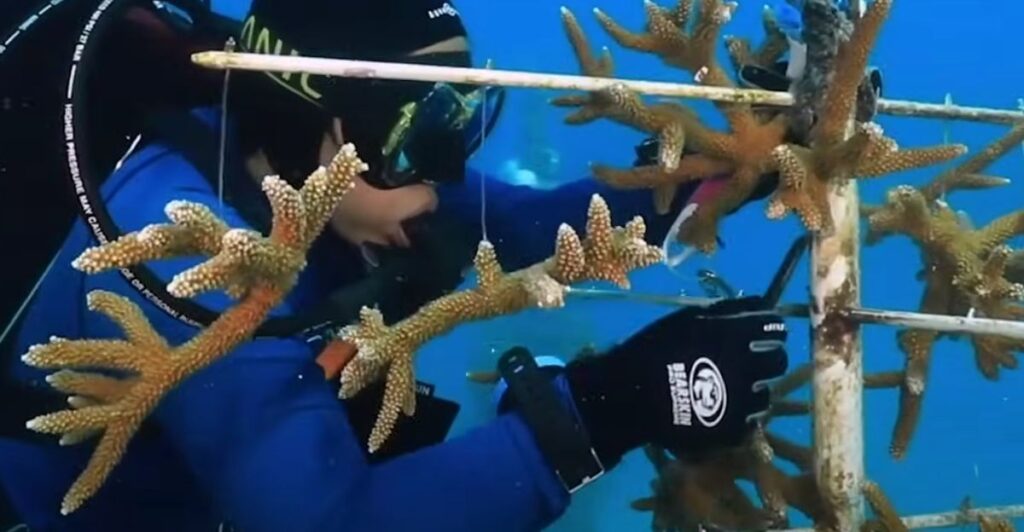
After the lionfish’s rampage, conservationists aren’t sitting back. Those people are actively rehabilitating affected reefs by replanting corals and educating local communities on sustainable practices. By giving the reefs a second life, protectors are making way for the future generations.
12. Current Scenario and Future Requirements
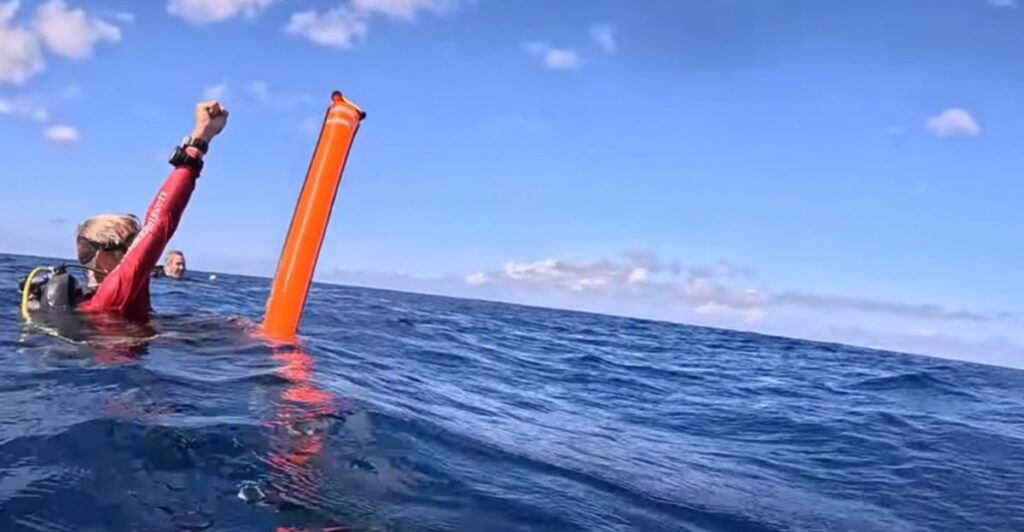
People have successfully reduced lionfish populations in targeted areas through regular culling. However, to maintain control, locals and the state need to double these efforts and sustain them annually. Achieving balance in 5-10 years will need more community involvement and resource allocation.
Stay connected with us for more stories like this! Follow us to get the latest updates or hit the Follow button at the top of this article, and let us know what you think by leaving your feedback below. We’d love to hear from you!







